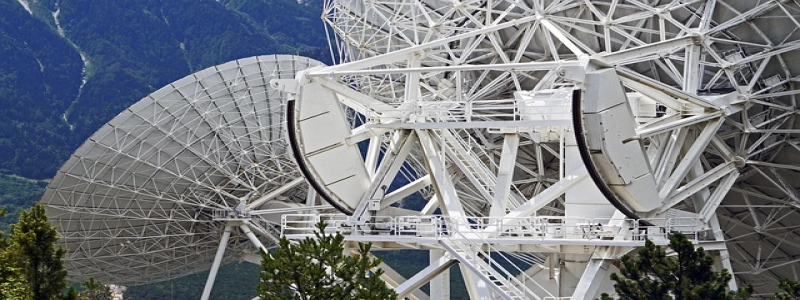Fiber Single Mode vs Multimode
I. Introduction
A. Importance of fiber optic cables in networking
B. Different modes of fiber optic cables
C. Focus of this article on single mode and multimode
II. Single Mode Fiber Optic Cables
A. Definition and characteristics
1. Core size and light transmission
2. Distance and bandwidth
B. Advantages
1. High bandwidth and longer transmission distances
2. Low attenuation and dispersion
C. Disadvantages
1. Costly infrastructure and components
2. More challenging to install and operate
III. Multimode Fiber Optic Cables
A. Definition and characteristics
1. Core size and light transmission
2. Distance and bandwidth
B. Advantages
1. Cost-effective infrastructure and components
2. Easier installation and operation
C. Disadvantages
1. Limited bandwidth and shorter transmission distances
2. Higher attenuation and dispersion
IV. Comparison
A. Bandwidth and distance
1. Single mode offers higher bandwidth and longer distances
2. Multimode has limited bandwidth and shorter distances
B. Infrastructure and components
1. Single mode requires costlier infrastructure and components
2. Multimode offers cost-effective solutions
C. Installation and operation
1. Single mode is more challenging to install and operate
2. Multimode provides easier installation and operation
V. Conclusion
A. Summary of differences between single mode and multimode
B. Considerations for choosing between the two
C. Importance of understanding the specific needs of the network
In the world of networking, fiber optic cables play a vital role in transmitting data at high speeds. These cables have different modes, such as single mode and multimode, which determine their transmission characteristics. This article focuses on comparing and contrasting single mode and multimode fiber optic cables.
Single mode fiber optic cables have a smaller core size, allowing them to transmit light in a straight line with minimal dispersion. They are designed for long-distance transmissions and have a higher bandwidth compared to multimode cables. The advantages of single mode include its ability to transmit data over longer distances without significant loss and its high bandwidth capability. However, single mode fiber optic cables require a costly infrastructure and components and are more challenging to install and operate.
On the other hand, multimode fiber optic cables have a larger core size, which allows multiple modes of light to propagate simultaneously. They are designed for shorter distances and have a lower bandwidth compared to single mode cables. The advantages of multimode include cost-effective infrastructure and components and easier installation and operation. However, they have limited bandwidth and shorter transmission distances due to higher attenuation and dispersion.
When comparing single mode and multimode fiber optic cables, several factors need to be considered. Single mode offers higher bandwidth and longer transmission distances, making it suitable for long-haul and high-capacity networks. However, it comes at a higher cost and requires more expertise for installation and operation. On the other hand, multimode provides a cost-effective solution for shorter distances and simpler networks but has limitations in terms of bandwidth and distance.
In conclusion, the choice between single mode and multimode fiber optic cables depends on the specific needs of the network. Understanding the differences and advantages of each mode is crucial in determining the most suitable option. Whether it’s long-distance transmission or cost-effectiveness, selecting the right fiber optic cable is essential for efficient and reliable network communication.







